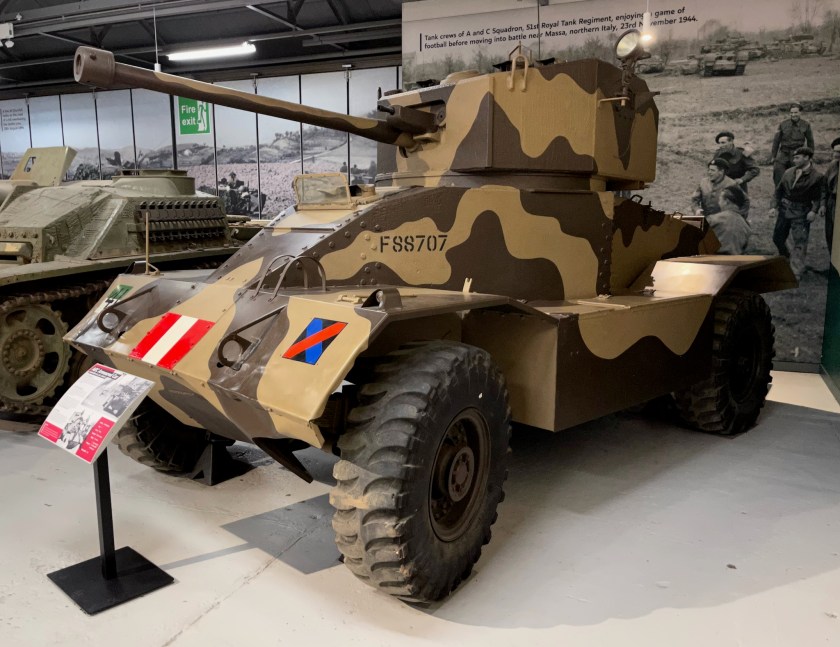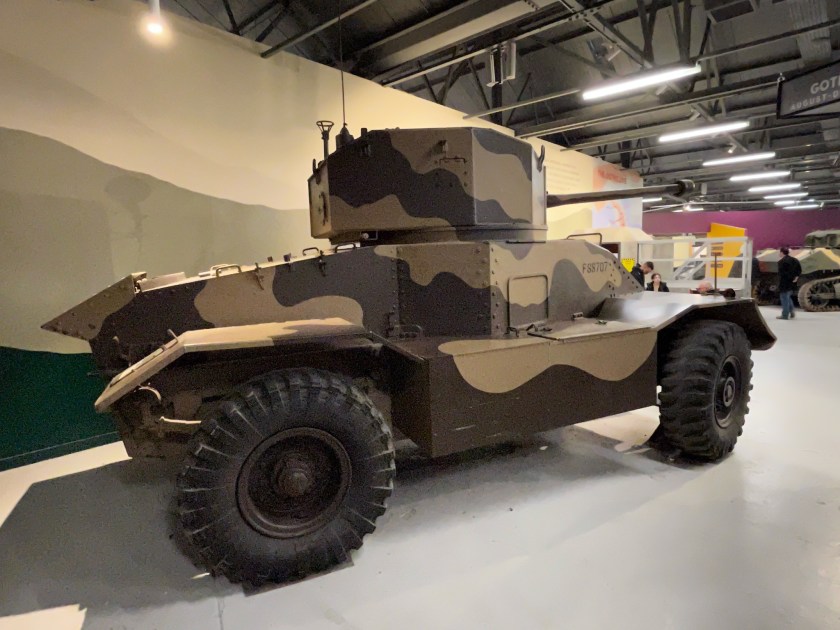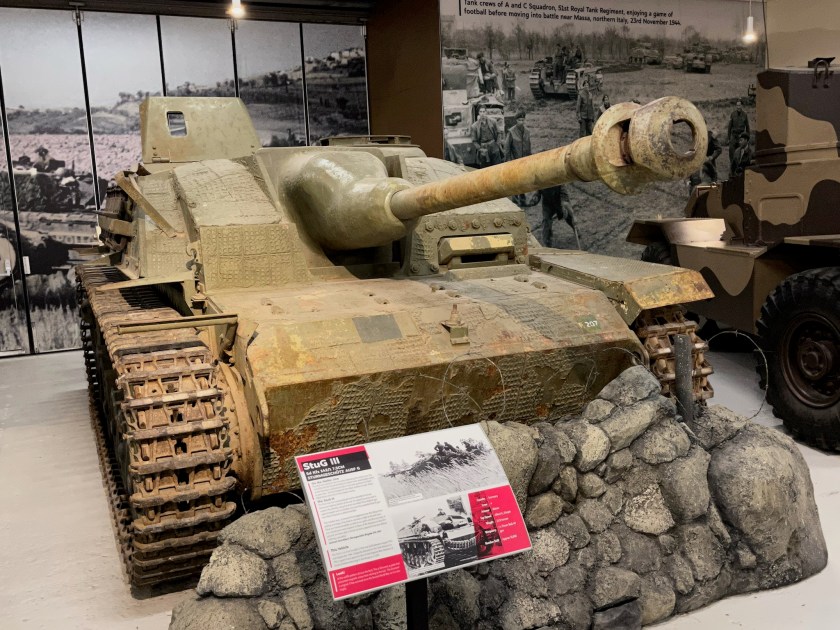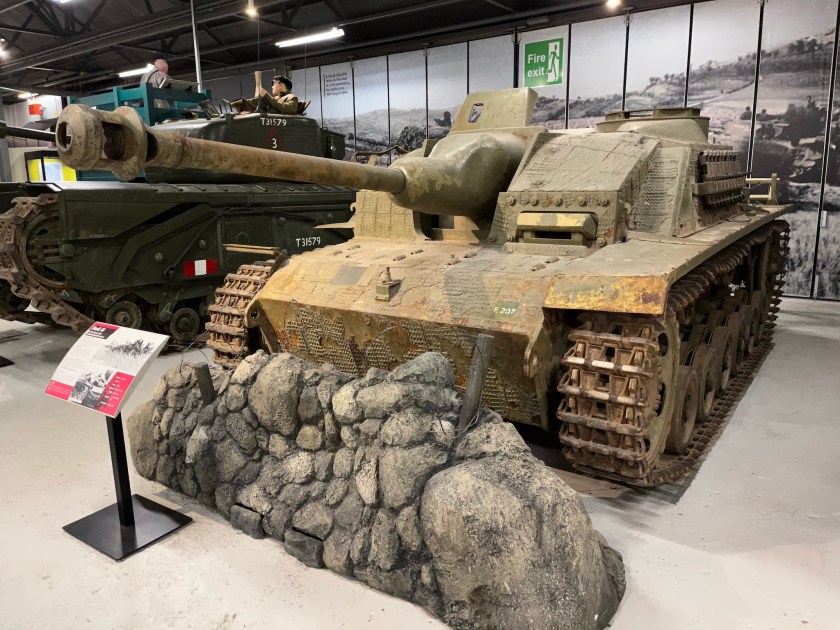A new team for Bloodbowl has been announced, the Gnomes. They were revealed back at the beginning of March.
Gnomes are avid Blood Bowl fans who usually stick to their own secluded burrows, but every once in a while a team will enter the ‘big’ world and make a name for themselves in the leagues – usually through the popularity of their adorable woodland compatriots rather than any actual skill or success. Whether it’s a Beastmaster working alongside a ferocious goose to shore up their team’s line of defence or a speedy fox sprinting downfield with the ball in their mouth, Gnomes make use of many furry friends to fill in where their short stature can’t compete. Then if that isn’t enough to secure some touchdowns, their mastery of illusions and capricious tricks surely is.
In the original Forces of Fantasy for first edition of Warhammer Fantasy Battle there was a Gnome army and you could even get a few Citadel miniatures as well.
Now I don’t play Bloodbowl, well I played first edition (the one with card players), but I quite like the concept of the team.
I like the use of animals in the team as well.
Tempted.



















